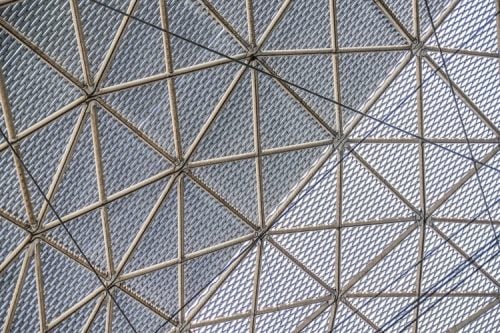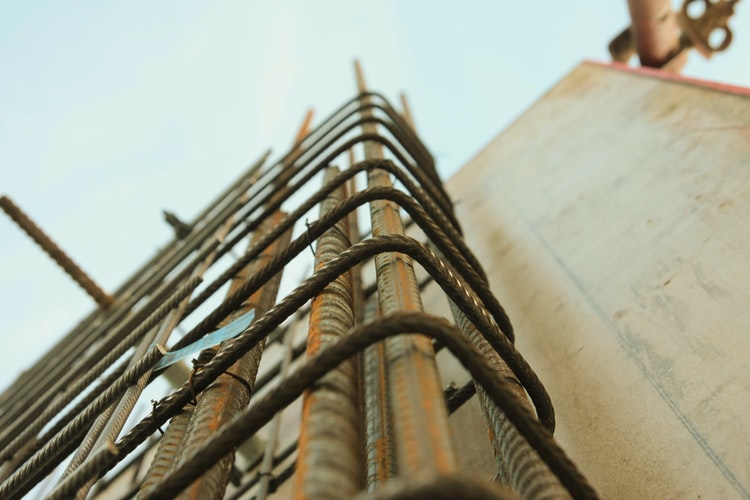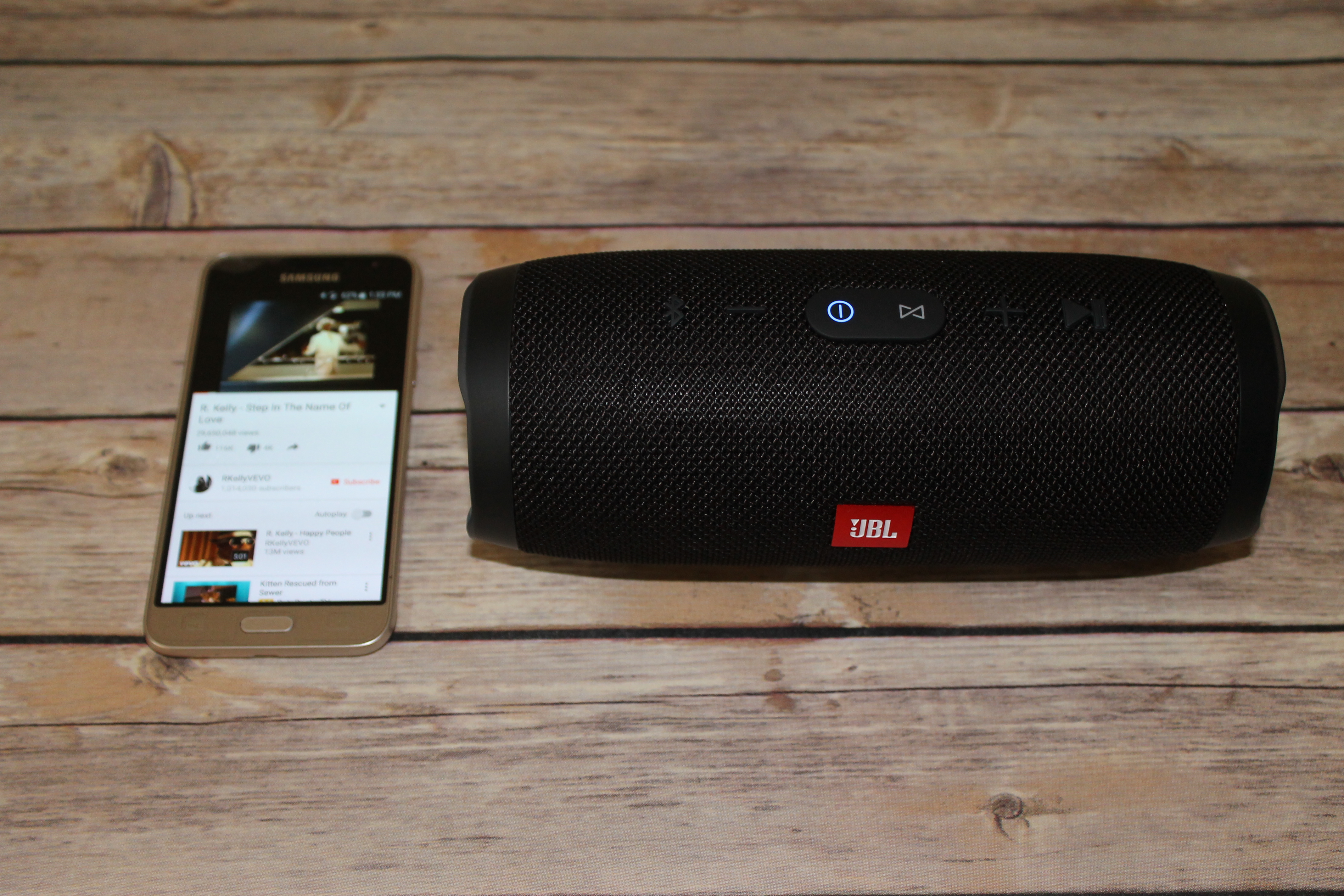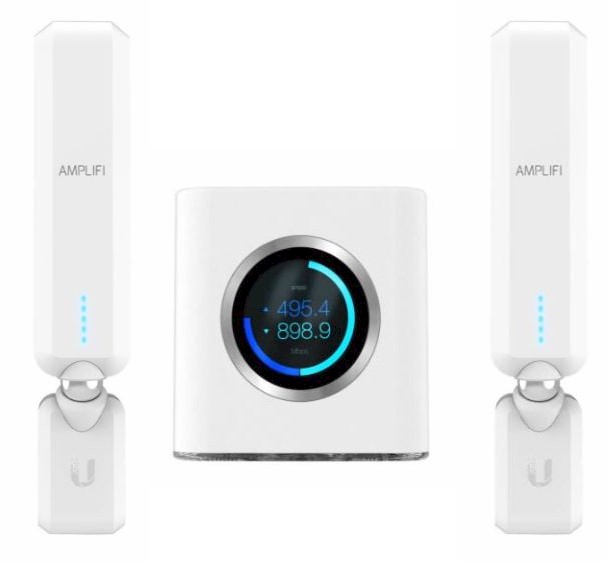Pros And Cons Of Light Gauge Metal Framing
Light gauge metal framing is the usage of cold-formed framing material for construction. With the increasing population and the increasing demand for buildings to meet the housing requirement, the use of metal in construction is also increasing every day. Modern technology has made it easy to use different types of metal in construction.
Using light gauge metal not only gives move variety to the design of the structures but also helps in constructing buildings that are stronger and have more life span. Here are a few pros and cons of using light gauge metal framing.
Contents
Pros
-
Stability And Durability
Light metal gauge framing is more durable than using wood as it is not biodegradable. Light gauge metal is seen as stronger and durable than other heavy construction materials such as concrete and wood. Steel framing is also considered light in weight which makes its handling easier and is usually considered about 30-50% less in weight as compared to wood.
-
Non-biodegradability And Fire Resistance
Another quality of light gauge metal framing is that it is not biodegradable. There is no threat of termite attack to it. Also, light gauge metal frames are flame resistant. Fires can cause great damage to the construction material but light gauge metal framing is usually fire resistant retarding the effect of fire. Further flame delaying coatings enhance this property of metals.
-
Sizing And Shapes
Light gauge metal framing comes in several shapes and sizes. The size and shapes can be molded or folded according to the building or client’s requirement, making it much simpler to work with the light gauge metal framing. Nowadays technology such as light gauge steel framing design software is also used for different purposes in woodworking. One reason for its preference is as it adapts to modern building designs easily and comes out more defined and cleaner than wood or other material.
-
Withstanding Moisture
The moisture resistance property of light gauge metal frames is highly proportional to the metal’s carbon content. Moisture resistance is very important for metallic surfaces. Different procedures like galvanization process, zinc coating, and other treatments are done to make the metal more resistant to corrosion.
Cons
-
Installation
Light gauge metal frame installation can be a bit costly. Usage of specific construction tools and more labor can increase the expenses for installation.
-
Temperature Conductivity
When working with steel it is essential to use insulators in the building as it is not an efficient insulator. Metal leads to condensation which can cause drywall damage. This will require a moisture barrier to prevent it. These two requirements can increase the overall budget of the construction.
-
On-site Installation Flexibility
Light gauge metal can provide a large amount of flexibility at their manufacturing site but when it comes to on-site, it gets minimal. Any inaccurate measurement in the frame can be a hassle as it is most difficult to rectify at the site.
Everything comes with some positive and negative aspects. Considering these pros and cons it will be easier for anybody to know whether using Light gauge metal framing will be beneficial for them or not.





